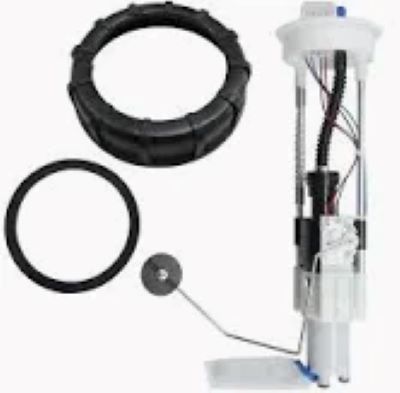Testing a fuel pump relay uses the few necessary tools that provide information to know whether or not the relay is working correctly. In certain circumstances, the power supply to the fuel pump can be interrupted by a faulty relay leading to problems in fuel delivery. With proper tools, therefore, you will be able to pinpoint the problem correctly and prevent expensive replacements.
Other: You'll need a digital multimeter to test the fuel pump relay. It also has the ability to read voltage, resistance and check for continuity with its accurate results. Perhaps the easiest way to check the relay is with a multimeter, testing whether 12 volts are present at the relay terminals every time that ignition is on? A good relay will get a constant 12 volts. If the reading is lower, then there may be a fault with the relay. Not providing the full 12 volts, relays can make the fuel pump only perform at up to 20% (less than needed), making fuel pressure lower and engine work unstable.
Specialized Relay Tester: Another option is a relay tester, which can switch the relays on and off to test them for functionality without having to make manual measurements. This reads the proper voltage to run your car and tests if relay is responding properly. This course provides a compact and efficient diagnostic tool that can return results within minutes (often seconds) staring up at the actual relays.
Jumper wires: The jumper wires can be used in order to jump the fuel pump relay for testing purposes. This will allow you to wire the fuel pump directly (bypassing the relay) by connecting the proper terminals on the relay socket. The relay can be ruled out as the problem if the fuel pump functions when stepped on. You can also use jumper wires to find where the voltage stops delivering properly because of a faulty connection.

12-volts power source: sometimes, you may need to test the relay on its own apart from the vehicle system, and for that you'd require a 12 vDC Power source. This in turn will prevent any other electronic problems from influencing the test results, because when using this method we isolate simply the relay. You can provide the actuating voltage (relay oper) to a relay using 12V battery and see if it clicks, or works properly.
You'll just need: Screwdriver or Pliers – These basic tools are used to remove and reinstall the relay. Swapping the Cube relay with one of the other relays should tell you whether or not the cube is fried though – some cars have the relay sitting in a clip/holding it down with screws so remove before testing. In a lot of cases, all you need is a regular flat head screwdriver or some pliers.
Fuse Puller: Relays are commonly found in the fuse box, meaning a fuse puller can simplify relay pulling and inspection with out damaging any of the surrounding parts. This tool is especially helpful with small fuse boxes and hard to reach fuses.
The 2019 automotive repair study we mentioned earlier found almost one out of ten fuel pump failures to be due to defective relays, implying the absolute importance of a diligent diagnostics process with the correct tools.
The great Benjamin Franklin once said, “An investment in knowledge pays the best interest. And mastering these tools working on flush automotive wheels can save time and money by preventing unneeded repairs.
For further information fit fuel pump maintenance or to look at replacement alternatives, go Fuel Pump and get your dependable collaboration fitted right to vehicle standard.